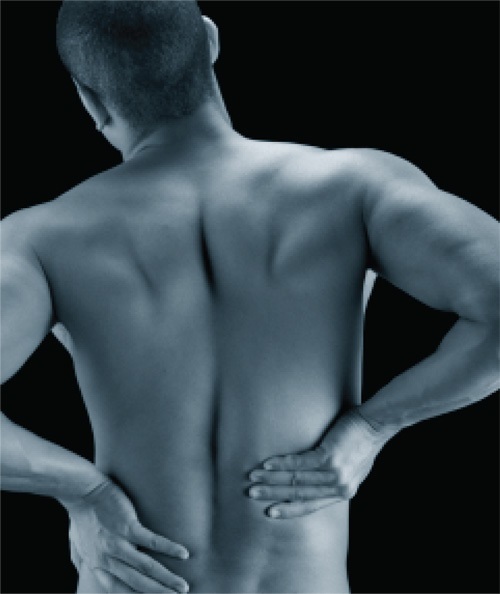 Have you ever hurt your back by simply bending to tie your shoelace? Or you’ve gotten into the car, driven to the shops and then couldn’t get out? Ever wondered why your back all of a sudden goes into spasm when it was seemingly fine just minutes before?
Have you ever hurt your back by simply bending to tie your shoelace? Or you’ve gotten into the car, driven to the shops and then couldn’t get out? Ever wondered why your back all of a sudden goes into spasm when it was seemingly fine just minutes before?
Well, in short, it wasn’t fine just moments before, it’s just you didn’t realise it. When your back all of a sudden gives out on you with an innocuous movement, it is the proverbial straw that broke the camel’s back.
Poor posture, bad movement patterns and repetitive motions can gradually lead to degeneration in your discs and spine. It may take years and can happen so gradually you don’t notice, until that one thing that puts you over the limit of your body’s ability to compensate.
While the best way to avoid this is to have a strong, flexible body, good postural health and get treatment as needed, there are some things you can avoid that you probably never dreamed would be a problem.
- Wearing tight jeans
Yes, you heard it right. Designer denim is not good for back pain! Tight jeans restrict the moment in your hips, so it’s harder to bend and sit comfortably. When your jeans stop your hips from bending properly, it causes your lower spine to flex. Now your rounded spine is loading your discs and creating havoc with your back.
Solution: If you really can’t give up your favourite pair of Levis make sure you have a lumbar roll behind your low back when you’re sitting. A normal bath towel rolled up will do just fine.
2. Reading in bed
Ever read in bed with your head and shoulders propped up on a couple of pillows so your chin is almost on your chest? It’s a great way to relax at the end of the day. It’s also a great way to jam up your occiput (the bone at the base of your skull) and strain your upper back and neck. When ligaments are on stretch, they undergo something called creep. Very slowly, they start to stretch. The ligaments’ job is to guide and restrict a joint. When they stretch, they don’t do that job well. Your joints then move in an unnaturally large range of movement, which makes them vulnerable to strain and getting stuck in the wrong position.
Solution: If you notice a headache or neck pain coming on while you’re reading, move to a lying position, either on your back or side with your pillow tucked up under your neck to support it. Your spine should be in line.
3. Belly sleeping
Some people naturally love to sleep on their stomachs. Unfortunately it’s also a great way to strain your jaw and neck and compress your facial bones. Imagine how comfortable you’d be if you laid on your back all night with your head twisted to the side and a few pounds of butter balanced on one side of your face. Again, creep kicks in and you end up with rotational strains through your upper neck and back, restricted ribs and a painful jaw.
Solution: If you really can’t shake the habit, try putting clothes pegs on the front of your pyjamas so every time you turn on to your belly they wake you up and remind you to lie on your side or back.
4. Crossing your legs
It’s comfortable sitting with your legs or ankles crossed, but it also puts a nice twist through your pelvis. Your upper leg tends to tip your ilium (the bone that houses your hip) back and out. It also lends itself to your piriformis muscle tightening and bringing your tailbone over to that side. Crooked tailbone equals unhappy spine.
Solution: Sit with your knees together. It’s hard work, but at least your adductors will get stronger.
5. Missing the curb
Have you ever been looking to cross the road, missed the curb and felt yourself jolt down onto one leg? You’d be amazed at how frequently we see this injury in clinic. Often it will go unnoticed but in the days following your back gets more and more painful for no apparent reason. Osteopathic examination will usually reveal what we call an upslip of the ilium (the bone that houses the hip) of the leg you jolted down onto. The whole bone slides upwards on the sacrum (tailbone) straining the supporting ligaments and causing protective muscle spasm and pain.
Solution: This is one that is best dealt with by a professionnal. Osteopathic treatment is usually straightforward. Soft tissue and fascial work to relieve the muscle spasm and mobilisation/cranial work to release the upslip and rebalance any compensatory strains in the rest of the body.
In general the best way to keep your back in good shape is to stay strong and flexible. Some, but not all, do well with yoga, or pilates, a stretching regime, some resistance work and cardiovascular exercise. Whatever you do, make it fun so your back can serve you well for years to come.

